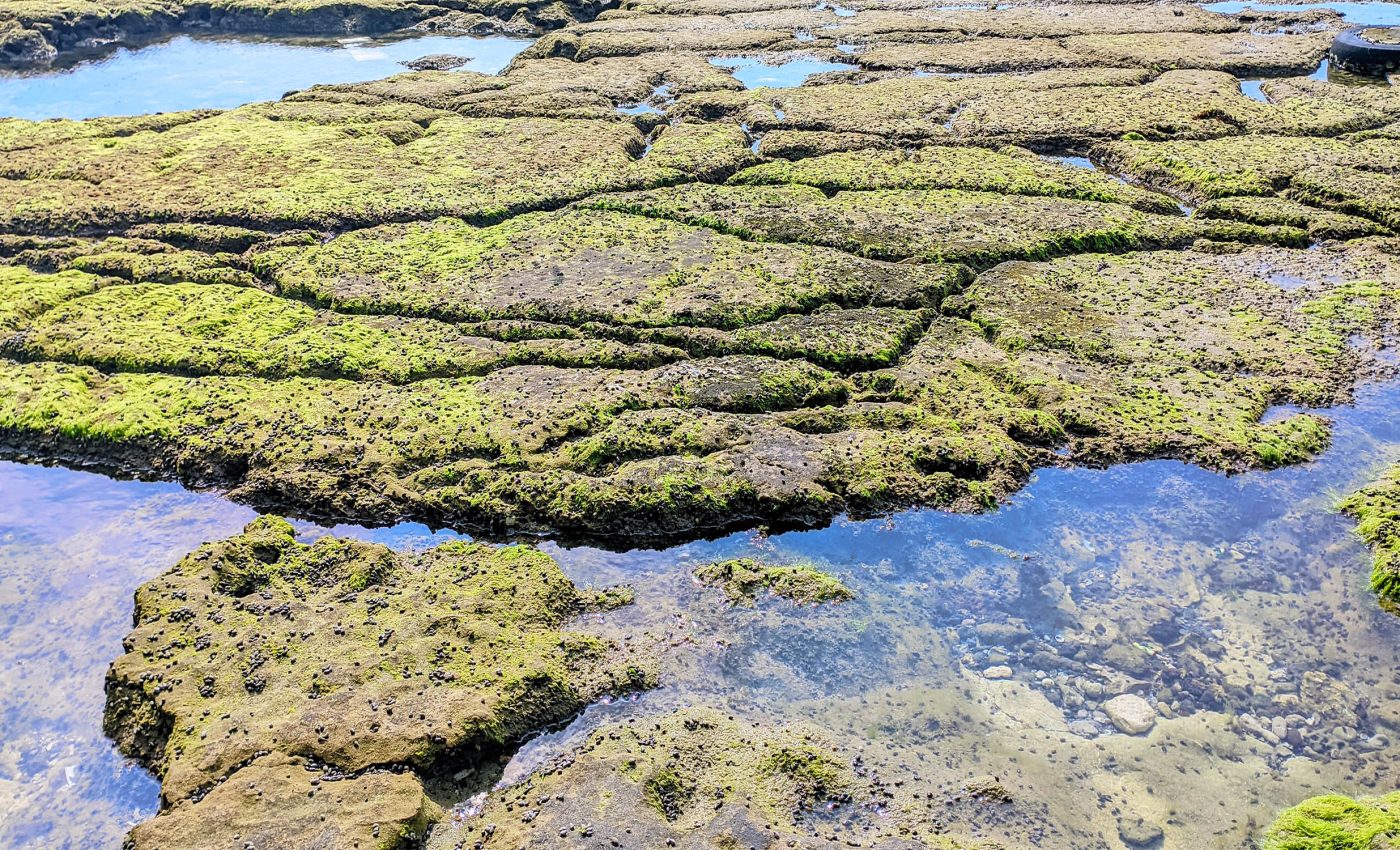
Ancient microbes wake up after being frozen in Arctic permafrost for 40,000 years
Microbes are waking up beneath Alaska’s permafrost – frozen ground made up of soil, ice, and rock. These aren’t animals or plants, but tiny life forms that have been trapped in ice for tens of thousands of years.
Once they stir, they get to work, breaking things down, releasing gases, and shifting the world around them.
Permafrost is abundant across northern parts of the world, covering almost a quarter of the land in the Northern Hemisphere.
Permafrost is not just frozen dirt: it’s a deep freezer for ancient life, containing plant remains, animal bones, and trillions of microbes that have been preserved in place since the Ice Age.
As the world heats up, that icy ground is melting, now revealing what has been frozen for millennia.
Dormant microbes in permafrost
In a recent study, researchers ran an experiment to see what happens when you take ancient permafrost and thaw it out. They didn’t just want to look at it. They wanted to see if anything inside was still alive.
The team collected permafrost samples from a tunnel in central Alaska, where the U.S. Army Corps of Engineers has been digging into frozen ground for research.
The tunnel is about 350 feet long and wide enough to walk through. You can see bison bones and even mammoth remains sticking out of the walls. And it smells really bad; like a damp basement that’s been closed off for decades.
“To a microbiologist, that’s very exciting because interesting smells are often microbial,” said Tristan Caro, lead author of the study and a former graduate student in geological sciences at the University of Colorado, Boulder.
The team added water to the ancient samples and let them sit at 39 and 54 degrees Fahrenheit; temperatures you might find during an Alaskan summer. Then they waited.
Awakening of permafrost microbes
At first, the microbes barely moved. “In the first few months, these colonies grew at a creep, in some cases replacing only about one in every 100,000 cells per day,” Caro explained.
That’s incredibly slow. For comparison, most bacteria in a lab can multiply in a matter of hours. But by six months in, things started to shift. Some of the microbes began to form visible, slimy structures called biofilms.
“These are not dead samples by any means,” Caro said. “They’re still very much capable of hosting robust life that can break down organic matter and release it as carbon dioxide.”
Ancient microbes release gases
Caro and his team weren’t just trying to grow ancient microbes for fun. They were trying to understand how these old organisms could affect Earth’s future.
When microbes break down old plants and animals, they release gases, especially carbon dioxide and methane. Both are major contributors to global warming.
Right now, climate change is speeding up permafrost thaw across Alaska, Siberia, and other northern regions.
As this frozen ground melts, all the stuff trapped inside it, including ancient life, starts to shift, break down, and release carbon into the air.
Thawing ground and climate change
“It’s one of the biggest unknowns in climate responses,” said Sebastian Kopf, professor of geological sciences at CU Boulder.
“How will the thawing of all this frozen ground, where we know there are tons of carbon stored, affect the ecology of these regions and the rate of climate change?”
That’s a question scientists are racing to answer. The study found that even if microbes take months to become active after thawing, they eventually wake up.
“You might have a single hot day in the Alaskan summer, but what matters much more is the lengthening of the summer season to where these warm temperatures extend into the autumn and spring,” Caro said.
More definitive answers needed
The study raises some big questions. Are the microbes the same in different regions? Will they all act the same way? What else could be hiding in the ice?
“There’s so much permafrost in the world, in Alaska, Siberia, and in other northern cold regions,” Caro said. “We’ve only sampled one tiny slice of that.”
Permafrost isn’t just frozen dirt. It’s alive. And as the Arctic heats up, the slow awakening of ancient life could speed up the climate problems we’re already facing.
The full study was published in the Journal of Geophysical Research Biogeosciences.
—–
Like what you read? Subscribe to our newsletter for engaging articles, exclusive content, and the latest updates.
Check us out on EarthSnap, a free app brought to you by Eric Ralls and Earth.com.
—–













